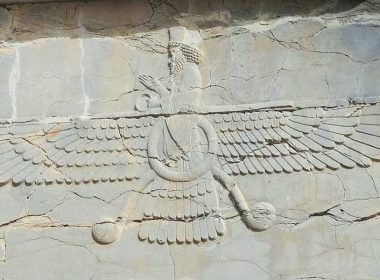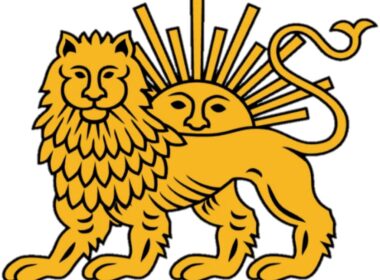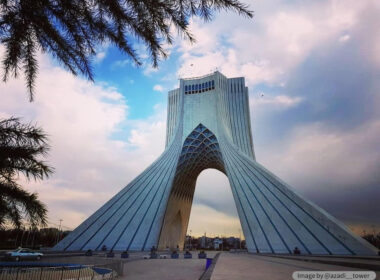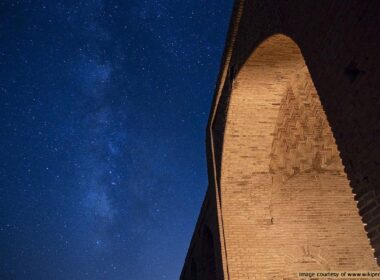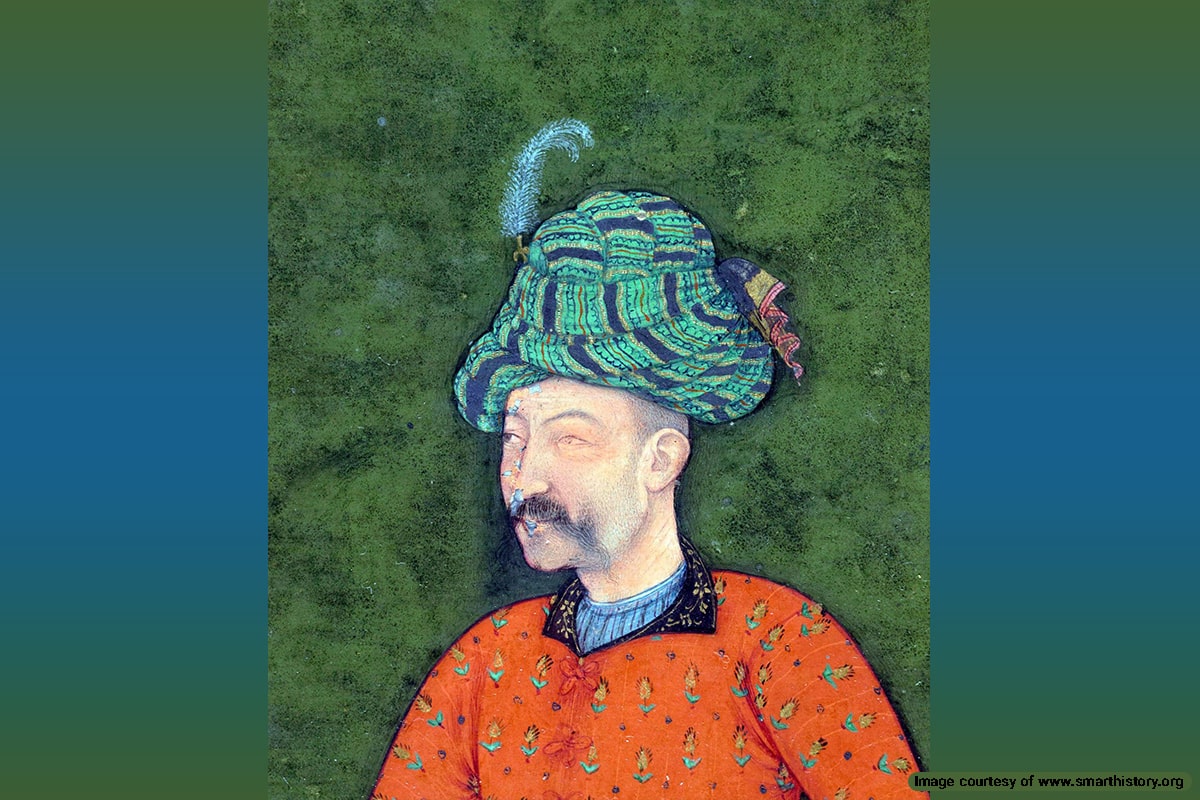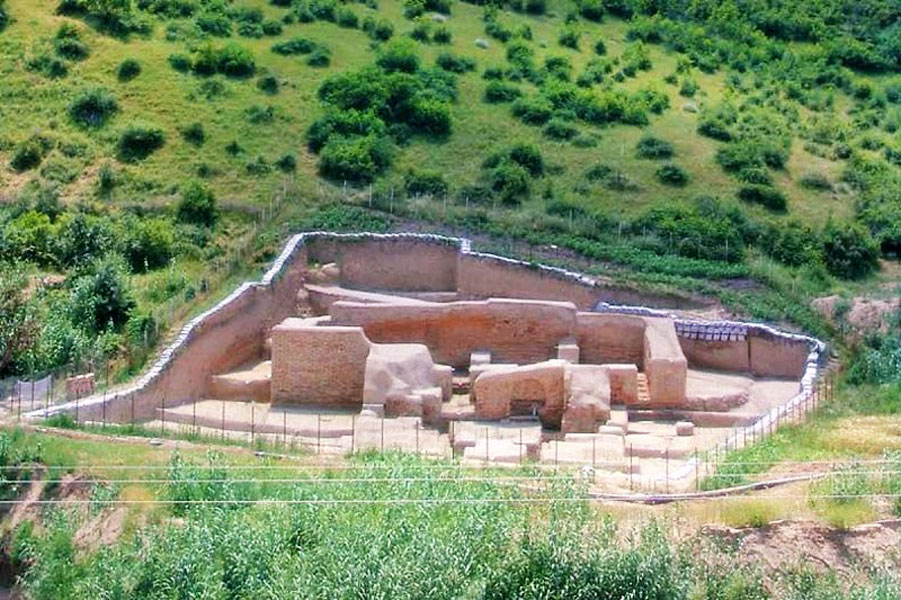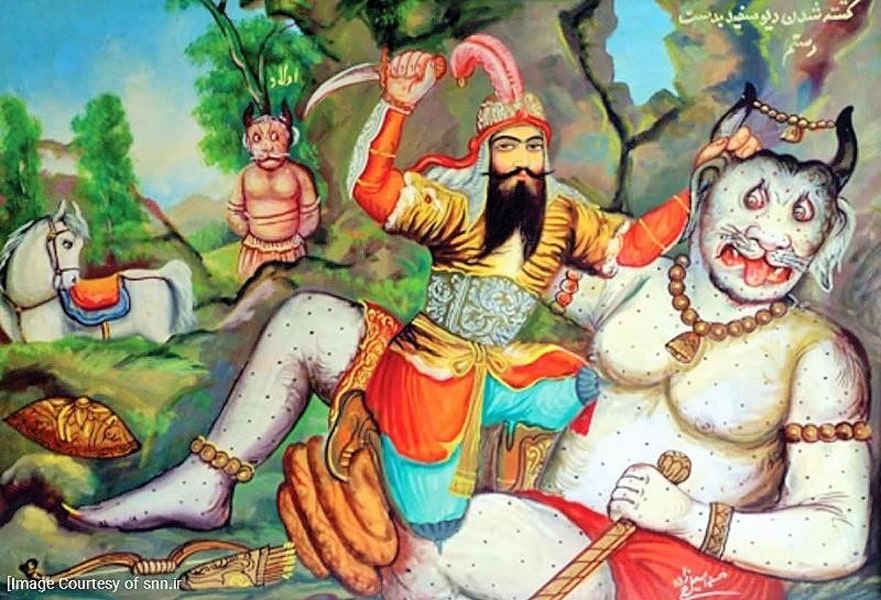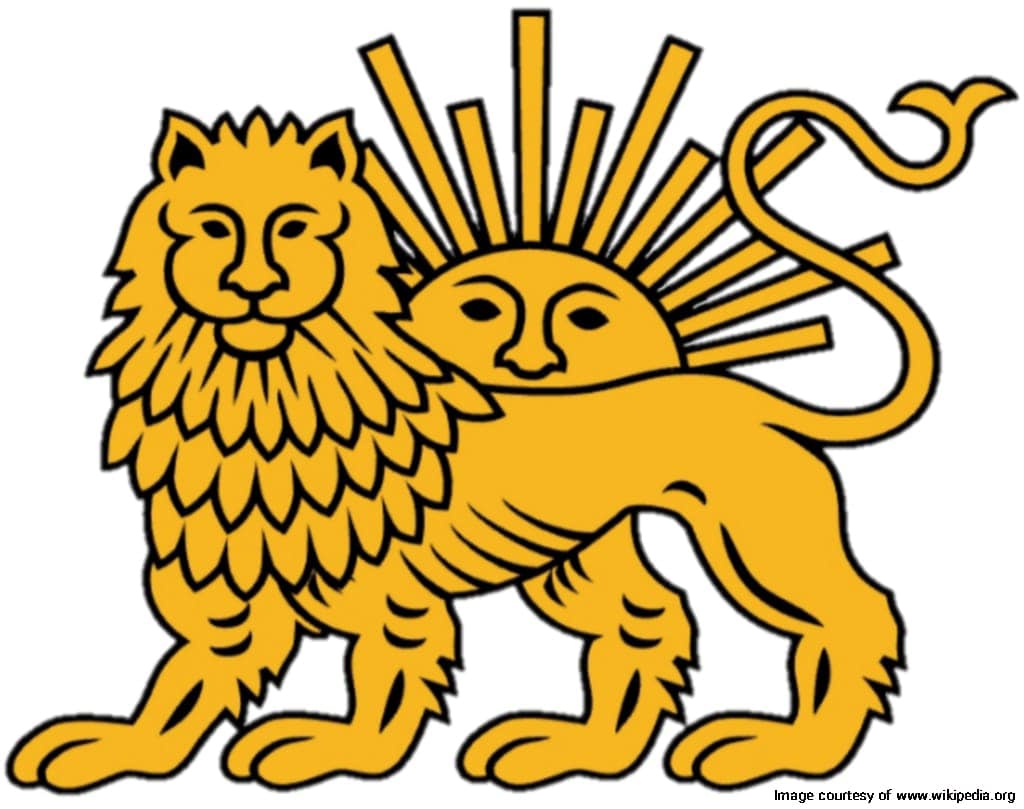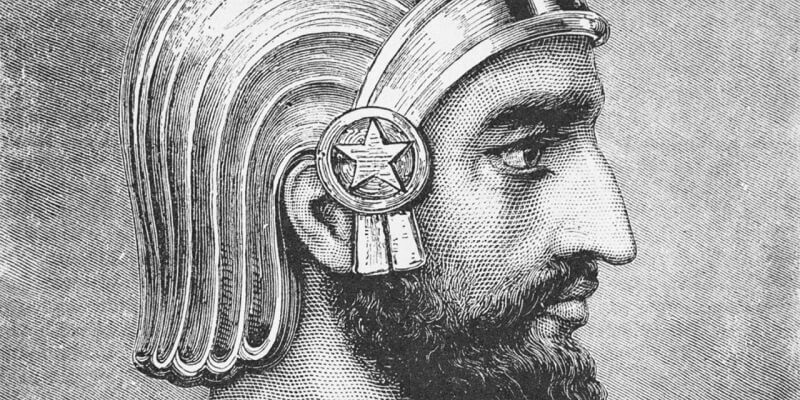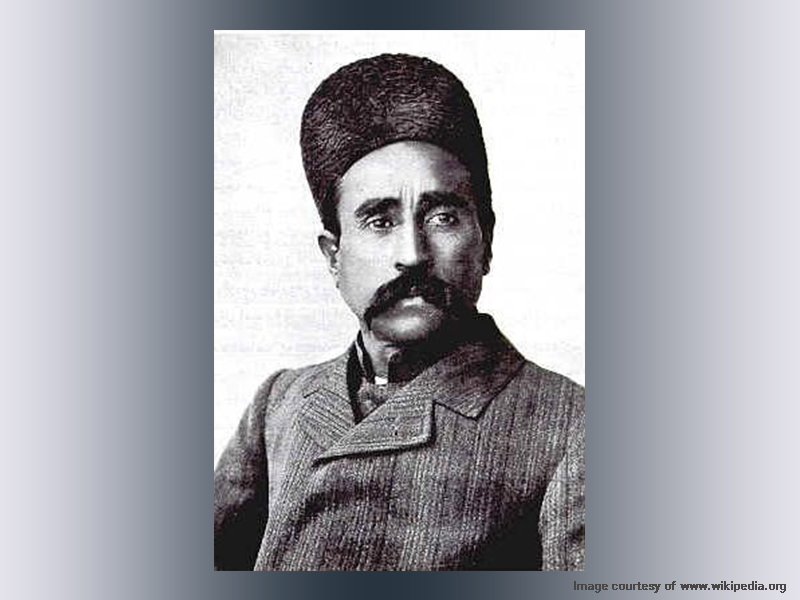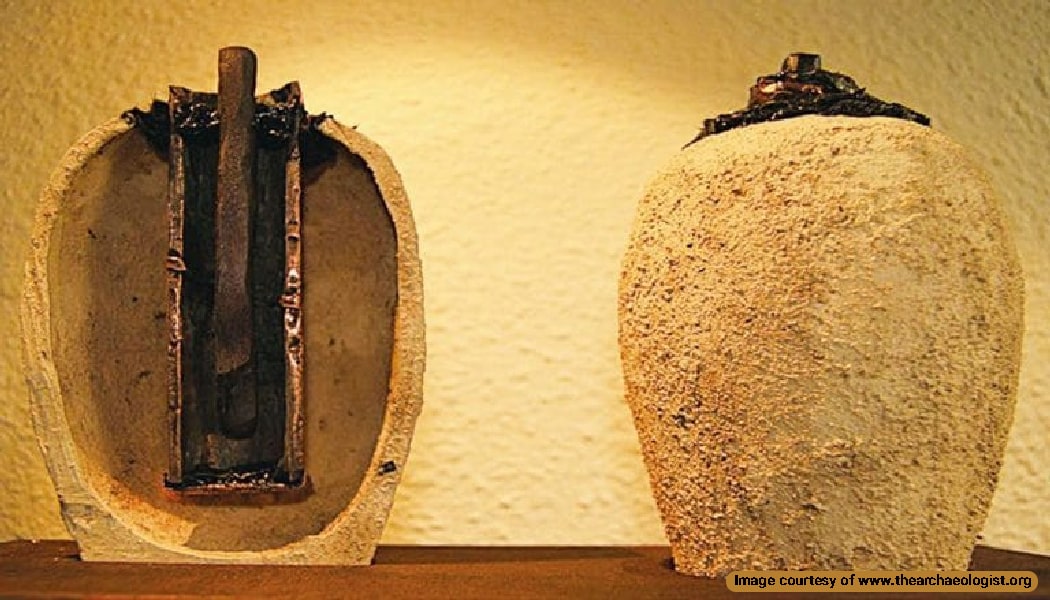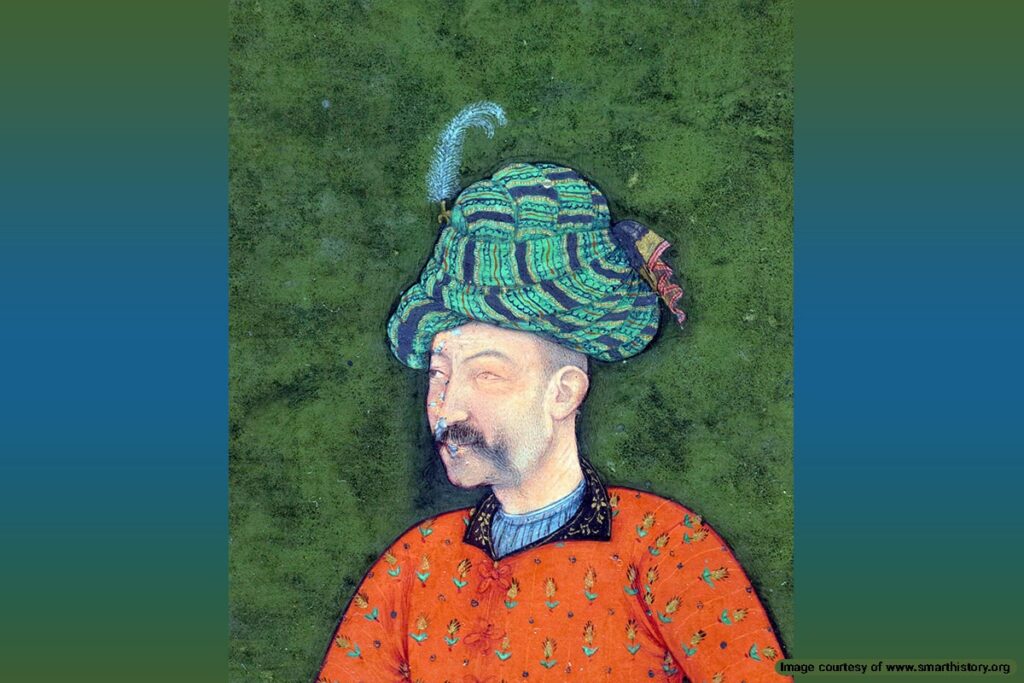
Shah Abbas I, also known as Abbas the Great, was a powerful and influential ruler of the Safavid Empire in Persia in the late 16th and 17th centuries. His reign is remembered for significant military success, cultural advancements, and strategic achievements that had a lasting impact on the region. Before Abbas I rose to power, the Safavid influence was in decline. In this blog post, we will explore the impact of this famous historical figure on Safavid-era Iran.
Early Life of Shah Abbas I
Abbas was born in Herat on January 27, 1571, to Mohammad Khodabanda, the son of Tahmasp, and Khayr al-Nisa Begum, a Mazandarani princess. He was born during a turbulent period for the Safavid Empire. He was declared the governor of Herat at only 18 months old, and separated from his parents who were sent to govern Shiraz by Tahmasp. Shah Qoli Sultan Ustajlu, a Qizilbash commander (Turkmen Militant Tribe) was appointed his guardian and ruled over Herat.
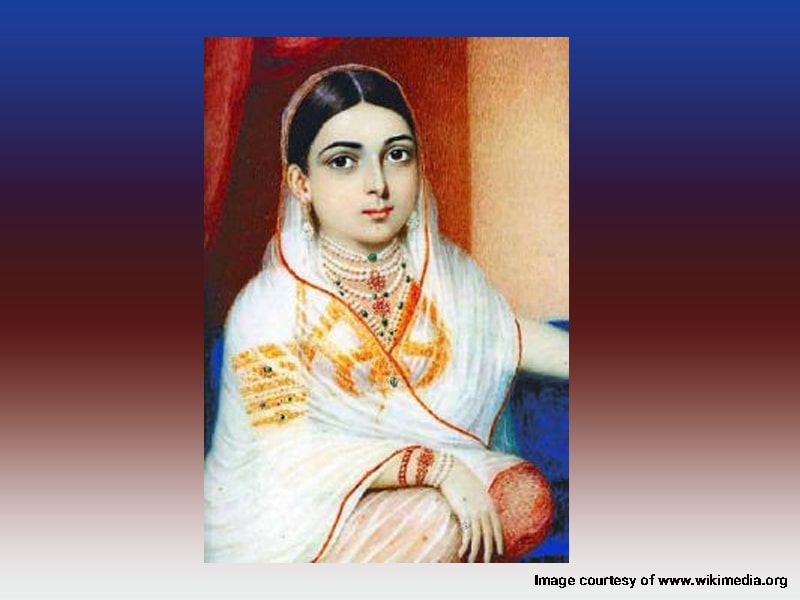
Following the death of Tahmasp and the bloody and divisive rule of Ismail II had weakened the Safavid Empire. His massacre of all potential contenders for the throne had destabilizing effects on the Safavid governance capabilities. He even ordered the execution of Abbas, which was delayed until Ismail II’s death by poisoned opium. This left Abbas’s father, Sultan Mohammad Khodabanda, as his successor.
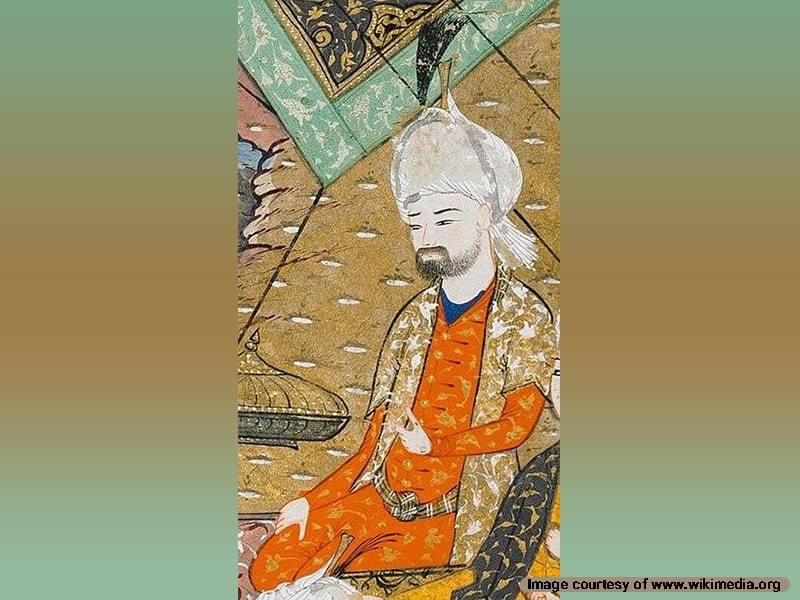
He was partially blind and more focused on art and culture, lacking the strength of character to tame the Qizilbash. He failed to defend Safavid territories against the Ottoman invasion who saw this as a sign of weakness and found ample opportunity to declare war on Persia in 1578. Khayr al-Nisa Begum and Abbas’ brother, Hamza Mirza, led the Safavid army to defend against the Ottoman-Tatar invasion.
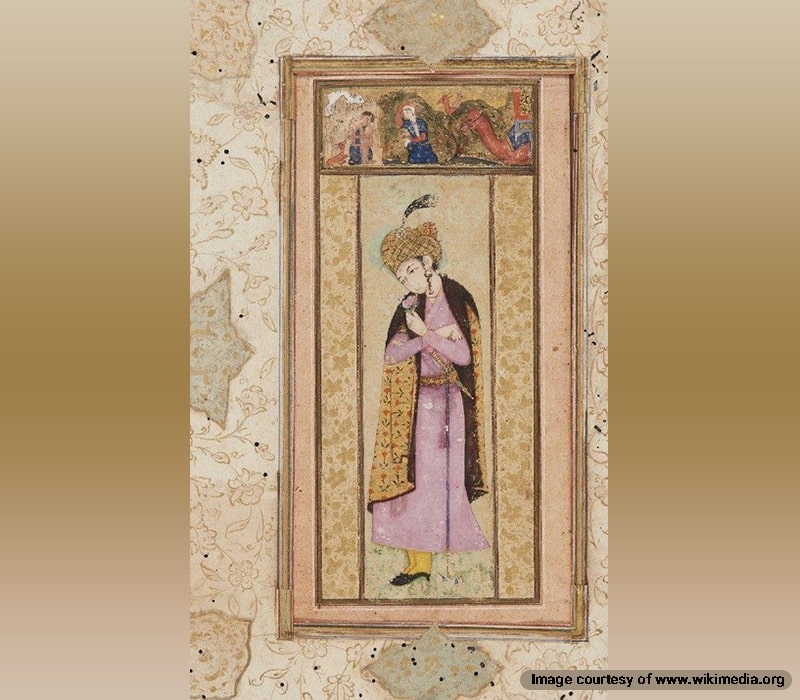
The Rise of Shah Abbas to Power
Khayr al-Nisa Begum’s initiative threatened the Qizilbash, who killed the queen in her residence in 1579. This meant the end of Khodabanda, as she was the driving force behind Khodabanda’s rule. Hamza Mirza was appointed as king, which meant the Qizilbash now held all the political power, which led to internal destabilization and power struggles.
Meanwhile, Ali-Qoli Khan Shamlu and Murshid Qoli Khan were gaining power in Qazvin and Khorasan. After the Takkalu invasion of Qazvin, Ali Qoli Khan rebelled against the Safavid crown in 1581. With the support of Qizilbash forces, Ali-Qoli proclaimed the 10-year-old Abbas Mirza the Shah of Iran.
This led to a civil war in 1852 when the Safavid army rode to Khorasan and Herat to defeat the contender. Another invasion by the Ottomans of Tabriz in northwest Iran led to a truce between the two armies. Ali Qoli Khan and Abbas remained in power in Herat but had to pledge loyalty to Hamza Mirza. But in 1586, Hamza Mirza was assassinated by his barber, possibly under orders from the Qizilbash leaders. This paved the way for Abbas’ ascension to the Safavid throne.
But Murshid Qoli Khan had other plans and betrayed Ali-Qoli Khan. He conquered Mashad and abducted Abbas Mirza from Ali-Qoli Khan. Meanwhile, the Uzbeks invaded Khorasan and Herat, and Khodabanda had left Qazvin. This provided ample opportunity for Murshid Qoli to install Abbas as the new Shah. They rode to Qazvin accompanied by an army of Qizilbash forces and conquered the city. Shah Abbas became the official king of the Safavid Empire on 1 October 1587 at 17, and Murshid-Qoli became his Vakil (representative).
Early Years of Abbas the Great as the Safavid Shah
After his coronation, Abbas avenged his mother by executing the Qizilbash leaders who ordered her assassination. At first, Murshid Qoli Khan was in charge of all official business, which did not sit well with Abbas as he refused to help Ali Qoli Khan defend against the Uzbek invasion, leading to the fall of Herat and the death of Abbas’ old friend and ward. In 1589, he arranged the assassination of Murshid by a group of Qizilbash and gained power.
The internal struggle between the Qizilbash was the first challenge he had to face. Therefore, he conceded lands to the Ottomans in 1590 in the context of the Treaty of Constantinople (Peace of Istanbul), granting them dominion over large areas in northwest and southwest Iran, including the former Safavid Capital, Tabriz.
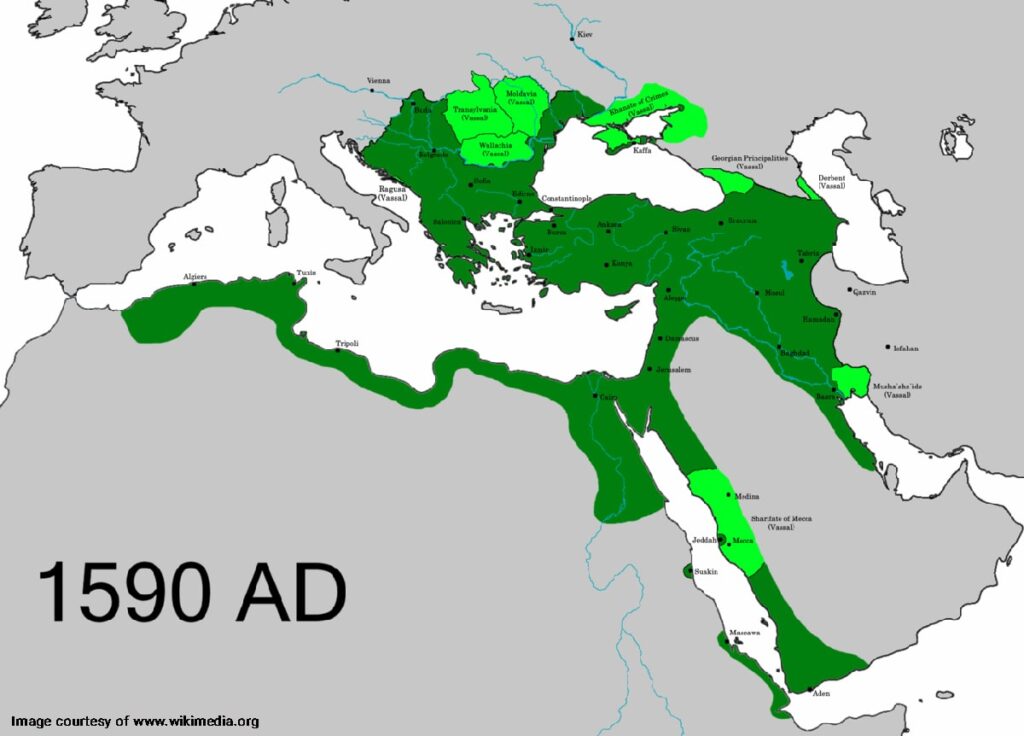
Facing Domestic and Foreign Threats
Abbas solved the Qizilbash issue by creating a royal Ghulam (slave) army with 37,000 soldiers who were only loyal to the crown. These Ghulams were mostly Georgian, Armenian, and Circassian slaves who had accepted Islam or were forced to convert. In the following years, nearly half a million migrants traveled to Iran from the Caucasus and were integrated into Iranian society.
Subsequently, Shah Abbas reorganized the military to reduce Qizilbash’s influence, which included a large number of musketeers. Along with 3000 royal guards, his independent army grew to around 40,000 soldiers of various regiments. With their support, he invaded provincial rulers who had failed to prove their loyalty to the Shah.
Reclaiming Herat and Tabriz, and Conquest of Caucasus
In 1598, Shah Abbas attacked the Uzbek invaders in the Khorasan region and reclaimed Herat after the Uzbeks retreated. By 1599, he had conquered as far as Balkh, although by 1603 he conquered Balkh and nearby regions. However, he managed to take back control of Khorasan.
Having reclaimed eastern territories, Abbas moved the Capital to Isfahan and decided to reclaim the lands lost to the Ottomans. He declared war on Constantinople in 1603 and reclaimed Nahavand, destroying the Ottoman base there. In 1604, he amassed an army to take back Tabriz and used the new artillery to defeat Ottoman forces in Tabriz. Over 9 years, he conquered most of the Caucasus and established Safavid rule there in the context of the 1612 Treaty of Nasuh Pasha.
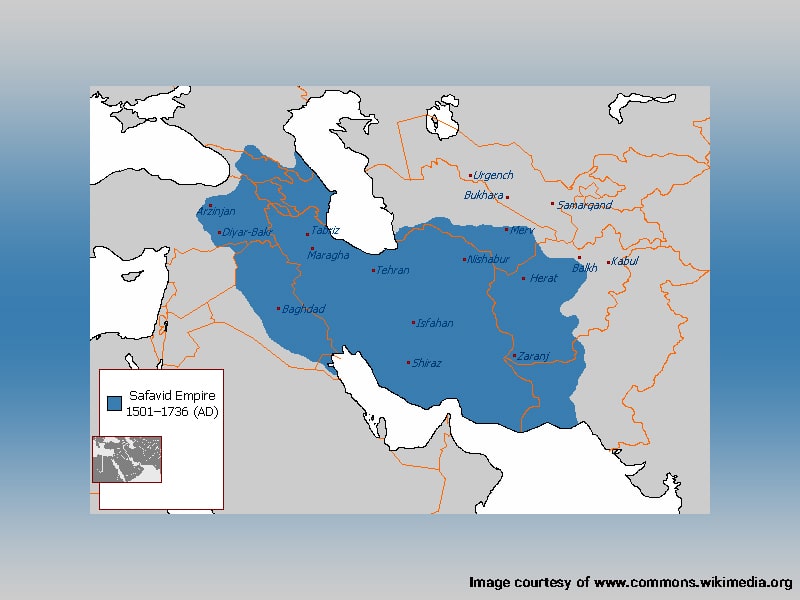
However, the Ottomans did not give up easily and decided to retake lost territories and more, including Qazvin and Ardabil, and use them to bargain for their right to rule the Caucasus. Safavid spies discovered their plans and Shah Abbas decided to lure their army into a trap.
In 1618, Ottomans captured Tabriz and sent an ambassador to bargain for a return to the Istanbul Treaty borders. Abbas refused their offer and claimed he would use scorched earth tactics and retreat to central Iran. He ambushed the 100,000 Ottoman army with 40,000 soldiers and defeated them.
Capturing Baghdad, Kandahar, and Expelling Portuguese Forces
The rise of a new Ottoman King, Murad IV, provided an opportunity to reclaim Mesopotamia during a pilgrimage to Najaf and Karbala which was a military campaign to Baghdad in disguise. In the meantime, the Georgian Rebellion of 1624 forced him to travel to the Caucasus, allowing the Ottomans to capture Baghdad. He returned in 1625 and reclaimed Baghdad, which remained part of Safavid territory until his death.
Abbas enjoyed good relations with the Mughals in India as long-time allies against the Uzbeks. They had gifted Kandahar to Tahmasp earlier. But Akbar, the Mughal ruler in 1590, decided to take over Kandahar during the internal struggles of the Qizilbash and the Peace of Istanbul treaty. However, Abbas maintained a peaceful coexistence with the Mughals, waiting for an opportunity.
This opportunity presented itself in 1620 in the form of a diplomatic incident, which coincided with civil war in India. In 1622, Abbas captured Kandahar but claimed he had captured rightful lands and had no desire to move further into Mughal territories.
In twenty years between 1602-1622, Iranian forces drove out the Portuguese invaders from the Persian Gulf. They started by expelling the Portuguese from their base in Bahrain. Abbas sought the help of British ships to capture Hormuz. He then established Bandar Abbas as a new trading port instead of Ormuz because it was easier to maintain and protect.
Shah Abbas’s International Politics
Shah Abbas I’s keen diplomatic and military strategies greatly improved Iran’s military power and cultural influence while also leading to the defeat of Portuguese forces. Through strategic alliances and trade relations with European powers, particularly the chartering of the English East India Company, Abbas improved Iran’s military capabilities by integrating musketeers and artillery units. He significantly enhanced the empire’s defensive and offensive strength. As mentioned, he also established relations with the Mughals in India to ward off the Uzbek threat.
Furthermore, his proactive engagement and diplomatic initiatives with foreign powers such as Spain facilitated the transfer of military technology and expertise and contributed to the modernization of the Safavid Army.
In addition to military advancements, Shah Abbas I’s international relations and cultural patronage significantly impacted Iran’s cultural landscape. His interactions with European powers fostered the exchange of artistic and architectural ideas, leading to the blossoming of the renowned Isfahan School of Art. The cultural renaissance under Abbas’s reign showcased Iran’s artistic prowess and contributed to its elevated status on the global cultural stage.
Shah Abbas’s deal with the British East India Company was pivotal in the expulsion of Portuguese invaders from Southern Iran. Without the help of the English ships, driving out the Portuguese would have been a difficult task. He managed to make a rather fair deal with the East India Company’s representatives, which is a feat in and of itself.
Achievements of Shah Abbas
Shah Abbas made substantial advancements in various spheres during his reign:
Upgrading Iranian Military
Abbas revolutionized the Safavid military by integrating musketeers and artillery units, significantly bolstering the empire’s defensive and offensive capabilities.
Strategic Infrastructure and Commerce
He oversaw the establishment of the port of Bandar Abbas, a vital hub for trade, and fostered robust trade relations with European powers, particularly through the chartering of the English East India Company, contributing to economic growth and the empire’s presence in global trade networks.
Cultural Renaissance and Architectural Splendor
An avid patron of the arts and architecture, Abbas fostered the blossoming of the renowned Isfahan School of Art and commissioned the construction of opulent landmarks like the UNESCO-listed Chehel Sotoun Palace in Isfahan. His visionary initiatives included urban beautification projects and the creation of resplendent gardens and edifices, showcasing his unwavering commitment to artistic pursuits.
Promoting religious tolerance
In his efforts to establish diplomatic relations with Europe, he promoted a cultural tolerance towards Christians. While his reasons may have been purely pragmatic as a form of anti-Ottoman objective, his policies of tolerance left an impact on Iranian culture.
Administrative Reforms
Committing to the modernization and centralization of administrative structures, Abbas implemented reforms that fostered a more efficient and organized governance system, contributing to the enduring stability and prosperity of the empire.
Learn More about Shah Abbas I
Shah Abbas died on January 27, 1571, in Mazandaran province and was buried in Kashan. His death caused an era of instability for Iran, as it encouraged foreign invasions and internal struggles. Shah Abbas’s legacy is cemented as a visionary king and military strategist, and a passionate patron of the arts. His profound impact on the Safavid Empire and the broader region solidified his status as one of the most revered monarchs, remembered for his unparalleled legacy of returning glory to Safavid Iran.
Frequently Asked Questions about Shah Abbas
If you have any other questions about Shah Abbas or related topics, please let us know in the comments. We will respond as soon as possible.
Who was Shah Abbas I?
Shah Abbas was the fifth Safavid Shah, reigning from 1588 to 1629. He is known for his role in consolidating power, regaining and expanding the territory of Iran, improving the military, and fostering a cultural renaissance.
How did Shah Abbas change Isfahan?
Shah Abbas transformed Isfahan into the capital of his empire and oversaw extensive urban development. He built majestic mosques, bridges, and public spaces, turning it into one of the most beautiful cities in the world.
What was Shah Abbas’s relationship with the Ottomans?
Abbas had a tumultuous relationship with the Ottoman Empire. While he fought against them to reclaim territory, he also employed a strategy of diplomacy and alliances with European powers to counter Ottoman influence.
What impact did he have on Persian culture?
Shah Abbas’s reign is often seen as a golden age for Persian arts and culture. He patronized poets, artists, and architects, leading to significant advancements in Persian miniature painting, carpet weaving, and calligraphy.
How did Shah Abbas die?
Shah Abbas died in his palace in Mazandaran due to poor health. His later years were marked by issues of succession and the decline of central authority, which affected the stability of the Safavid dynasty after his death.


